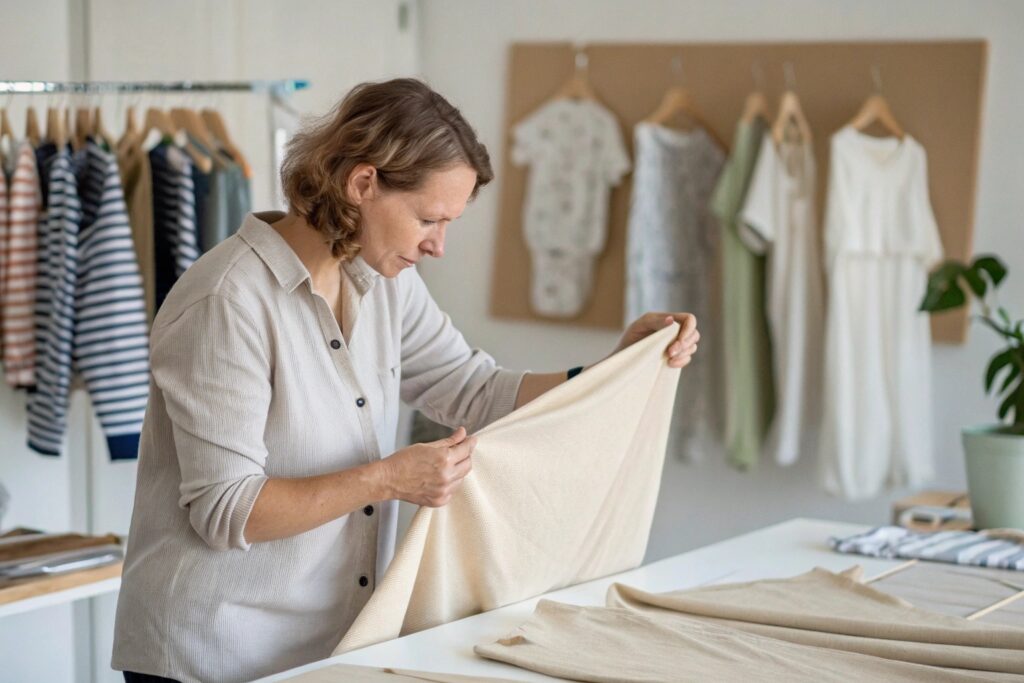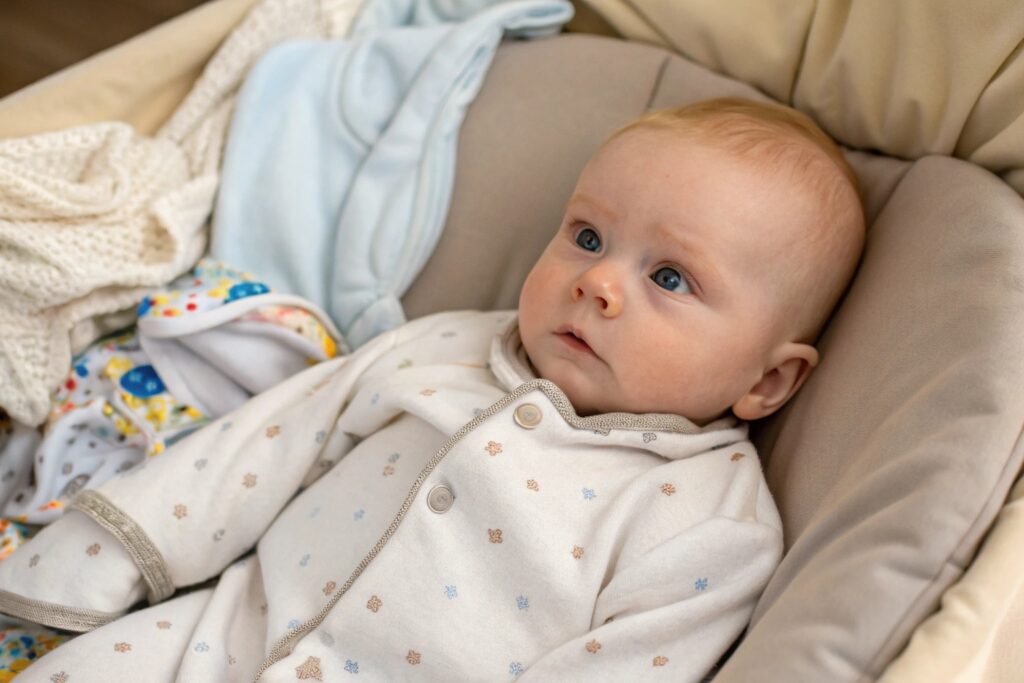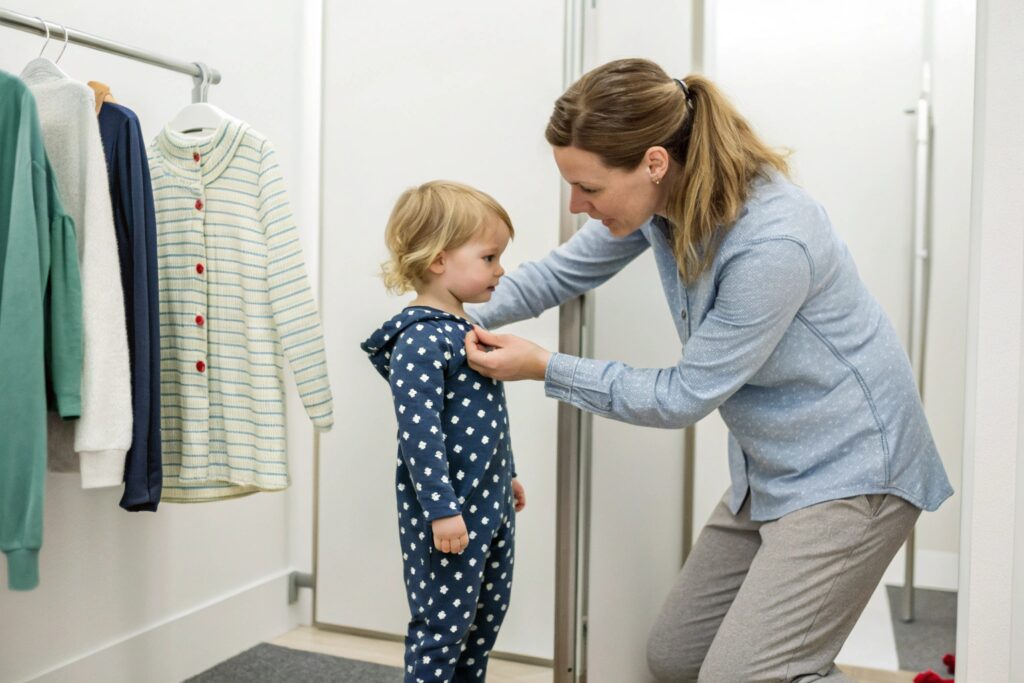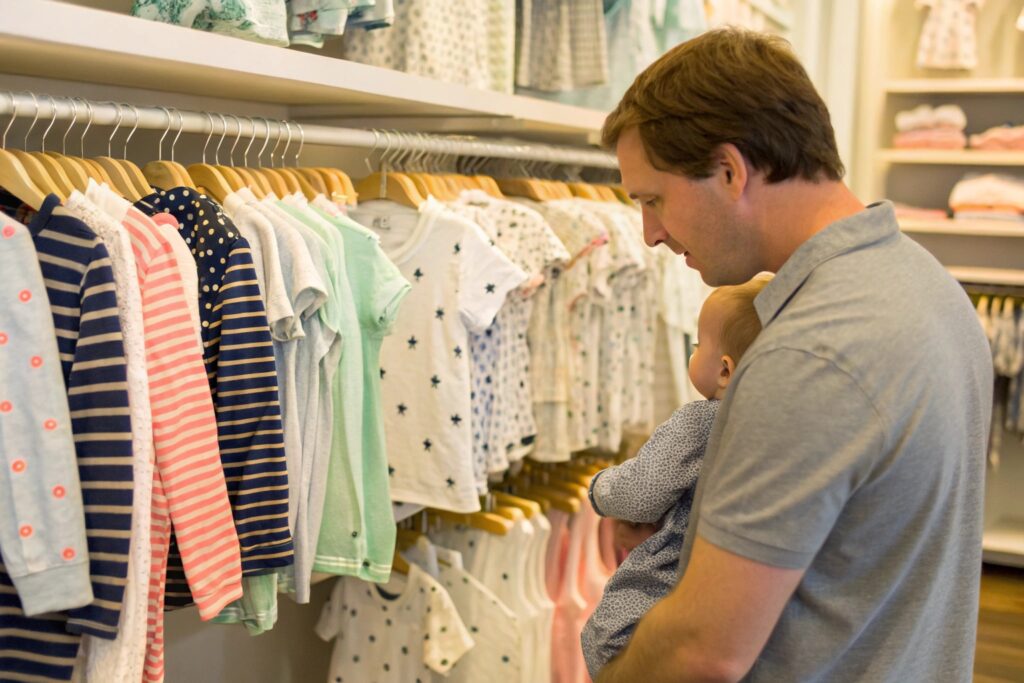J.Crew kidswear looks great on shelves—but does it hold up in real life? Many parents wonder if the brand is worth the price.
Yes, J.Crew kidswear is generally considered high quality, especially for its fabrics, stitching, and style. However, opinions on sizing, price, and long-term durability vary based on use and expectations.
Let’s look beyond the brand image and break down the real-world performance of J.Crew’s kids’ clothing—from fabrics to fit to value.
What Materials and Fabrics Does J.Crew Use for Kidswear?
Fabrics set the tone for quality. Parents today want soft, breathable, and safe materials—and they read labels more closely than ever.
J.Crew uses a mix of high-quality cotton, blends, and organic materials for kidswear. Many items feature OEKO-TEX certified fabrics and natural dyes.

How does J.Crew’s fabric selection compare to other mid-tier children’s clothing brands?
J.Crew stands out for its use of high-thread-count cotton and washed twills, especially in pants and button-downs. Their babywear collection often includes organic cotton certified by OEKO-TEX®, making it safer for sensitive skin. You’ll also find breathable linen blends in summer collections and wool-cotton mixes in cold-weather items.
Here’s a basic comparison with similar brands:
| Brand | Common Fabrics Used | Notable Features |
|---|---|---|
| J.Crew | Organic cotton, twill, linen | OEKO-TEX certified, soft finishes |
| Gap Kids | Cotton blends, jersey | Durable but less refined |
| Zara Kids | Polyester-heavy blends | Trendy but less breathable |
| Hanna Andersson | Organic cotton | Ultra-soft, pricier |
Parents who value feel and safety tend to favor J.Crew for its softness, especially in newborn and toddler lines.
Does J.Crew offer enough variety for parents seeking allergy-safe or eco-conscious kidswear?
They’ve made progress, but there’s room for growth. While many basics feature certified cotton, not all lines are fully organic. Polyester still appears in outerwear and embellished pieces. If you’re focused purely on sustainability or allergy reduction, niche brands might outperform them—but J.Crew strikes a solid middle ground between quality and accessibility.
How Durable Is J.Crew Clothing for Active Children?
Soft fabrics are great—but not if they wear out fast. Durability is key when your customers are chasing toddlers or washing clothes twice a week.
J.Crew kidswear is moderately durable. It holds up under regular use, but some styles—especially knits—may show wear faster with rough play.

How does J.Crew perform in terms of fade resistance, stitching quality, and wash care?
We’ve tested several batches and reviewed feedback from retail buyers. Here’s what holds up well:
- Denim and chino pants: Strong stitching, reinforced knees in many styles.
- Graphic tees: Soft but prone to fading after 10+ washes.
- Baby bodysuits: Great snap retention, minimal shrinkage when washed cold.
- Sweaters and cardigans: Stylish, but pilling can appear after 4–5 washes.
Here’s a simplified performance chart:
| Item Type | Durability Rating (1–5) | Notes |
|---|---|---|
| Pants (Chinos) | 5 | Strong, long-lasting |
| Cotton Tees | 3 | Fade with frequent washes |
| Outerwear | 4 | Well-lined, durable zippers |
| Sweaters | 3 | Need gentle wash care |
J.Crew kidswear isn’t indestructible, but it performs well for casual school or weekend wear. It’s less suited for heavy outdoor play or hand-me-down goals.
How does J.Crew durability compare to budget and premium kidswear brands?
It outperforms fast fashion brands like H&M or Old Navy, especially in stitching and fit retention. But compared to premium labels like Tea Collection or Mini Boden, it sits in the middle. Those brands offer thicker fabrics and better wear resistance—at double the price. So for many parents, J.Crew hits a good balance.
What Parents Say About J.Crew Kids’ Sizing and Fit?
Quality doesn’t matter if the fit is off. And kids grow fast—so proper sizing helps prevent unnecessary returns.
Parents often praise J.Crew’s classic fit, but some say sizes run narrow, especially in pants and slim-cut tops. Trying before buying is advised.

Are J.Crew clothes consistent in sizing across different product lines?
Not always. That’s one of the biggest complaints. J.Crew’s slim-fit items are clearly labeled, but even standard fits lean narrow—especially in girls’ leggings, boys’ polos, and baby bodysuits.
Here’s how their sizing compares:
| Age Group | Fit Tendency | Parent Feedback Summary |
|---|---|---|
| Infant | True-to-size | Soft and easy to snap |
| Toddler | Runs small | Some shrinkage after wash |
| Kids (5–10) | Narrow/slim | May not fit broader builds |
| Tweens | Long torso cuts | Better for tall/slim kids |
A few brands, like Cat & Jack (Target) or Primary, offer more inclusive sizing. But J.Crew’s fit often flatters tall, lean body types. For chunkier toddlers or kids with wide shoulders, sizing up is often necessary.
How can clothing buyers avoid common fit issues with J.Crew kidswear?
Buyers should always read the cut type—standard, slim, or relaxed. Many buyers overlook this and end up with tight fits. Also, watch fabric content. Items with spandex or modal offer more stretch and comfort.
If you’re sourcing for resale or private label comparison, order samples across sizes. Fit testing across a few child body types helps avoid costly returns. And if you’re buying online for your own store, use reviews—they often include weight/height notes that are more helpful than official size charts.
Is J.Crew Worth the Price Compared to Other Brands?
Price tags trigger different reactions. Some parents see J.Crew as premium. Others think it’s overpriced for kids who outgrow clothes so fast.
J.Crew kidswear offers solid value for its quality, but full-price items may not always feel worth it. The real value comes during sales or bulk discounts.

How does J.Crew’s pricing structure compare to direct competitors?
J.Crew sits at the higher end of mid-market pricing. Their basics start at $18–$24 per piece, with coats and sweaters reaching $60+. That’s higher than Gap or Carter’s, but lower than Janie and Jack or designer kidswear brands.
Here’s a rough comparison:
| Brand | Price Range (Per Item) | Value Summary |
|---|---|---|
| J.Crew | $18–$60 | Best during sales |
| Gap Kids | $12–$45 | Lower price, less polish |
| Zara Kids | $10–$55 | Trendy, but less durable |
| Hanna Andersson | $30–$80 | Higher quality, higher price |
Most parents buy J.Crew during promotions—often up to 40% off. That’s when it becomes highly competitive in both value and quality.
What makes J.Crew worth it—or not—for parents and children’s clothing buyers?
It depends on the use case. If you’re buying special occasion outfits or clothes for school photos, J.Crew is a solid choice. The styles are timeless, the colors are rich, and the feel is premium.
For everyday playwear or fast-growing toddlers, cheaper basics may make more sense. But if your customer values style and comfort, or wants to avoid loud logos, J.Crew often delivers—especially when bought on sale.
Conclusion
J.Crew kidswear stands out for its materials, style, and brand polish. While not perfect in fit or price, it offers strong value—especially for shoppers who prioritize softness, design, and seasonal charm.










